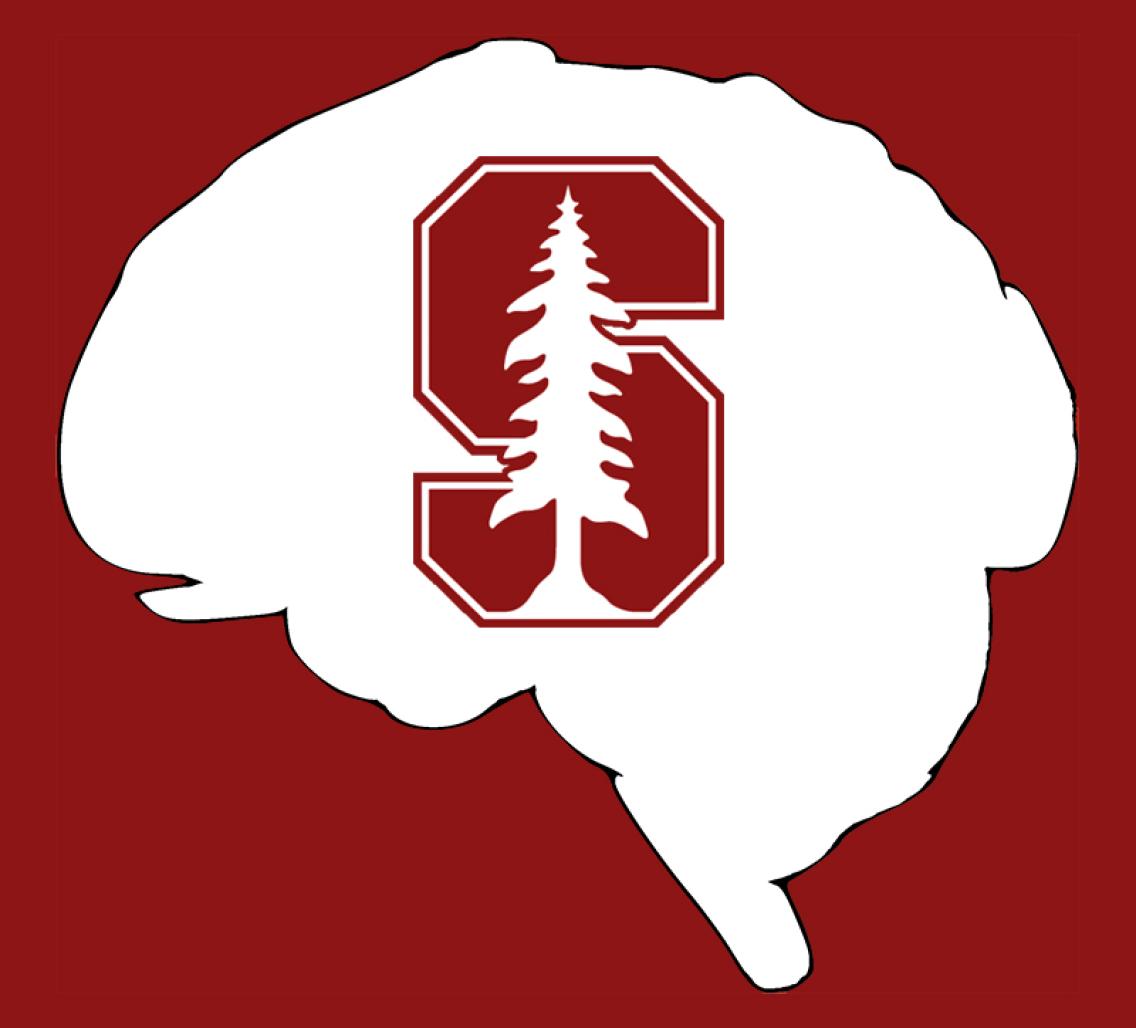Event Details:

Neural mechanisms underlying direction selectivity in the mammalian retina

Wei Wei, PhD
Assistant Professor
Development of Neurobiology
The University of Chicago, Chicago
Host: Sui Wang
Abstract
A critical function of neural circuitry in the brain is detecting relevant features in the environment. The direction selective circuit in the retina is a classic model for studying neural mechanisms underlying feature detection. In this talk, I will discuss our recent work that focuses on the dendritic and synaptic mechanisms underlying retinal direction selectivity using a combination of synapse-specific genetic manipulations, two-photon calcium imaging, electrophysiology and pharmacology. Our results demonstrate that distinct sets of mechanisms are recruited to encode motion direction under different visual conditions. Therefore, direction selectivity in the retina is implemented by a dynamic and acutely modulated network that ensures robust feature detection in the complex natural environment.
Related papers
[1] David Koren, James C. R. Grove and Wei Wei. “Cross-compartmental modulation of dendritic signals for retinal direction selectivity”. Neuron. 2017 Aug 16;95(4): 914-927. doi: 10.1016/j.neuron.2017.07.020
[2] Qiang Chen, Zhe Pei, David Koren and Wei Wei. "Stimulus-dependent recruitment of lateral inhibition underlies retinal direction selectivity." eLife 2016 Dec 8;5. pii: e21053. doi: 10.7554/eLife.21053